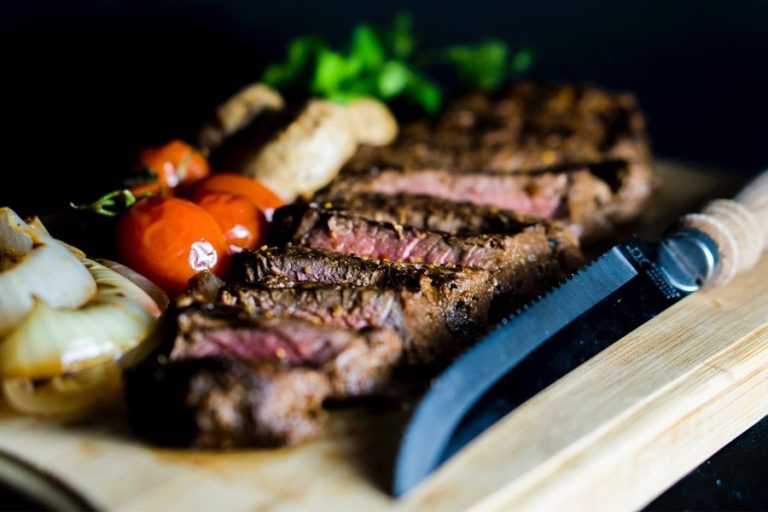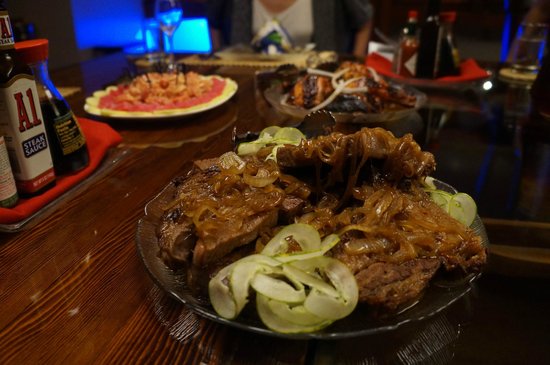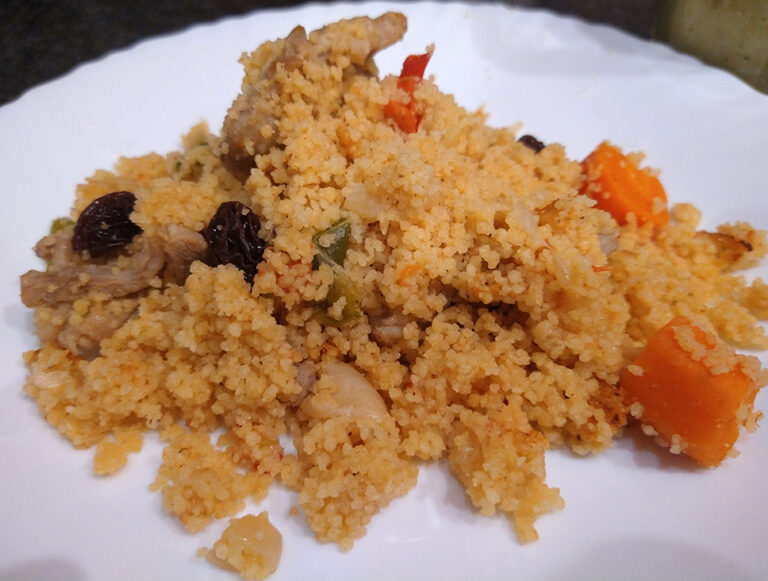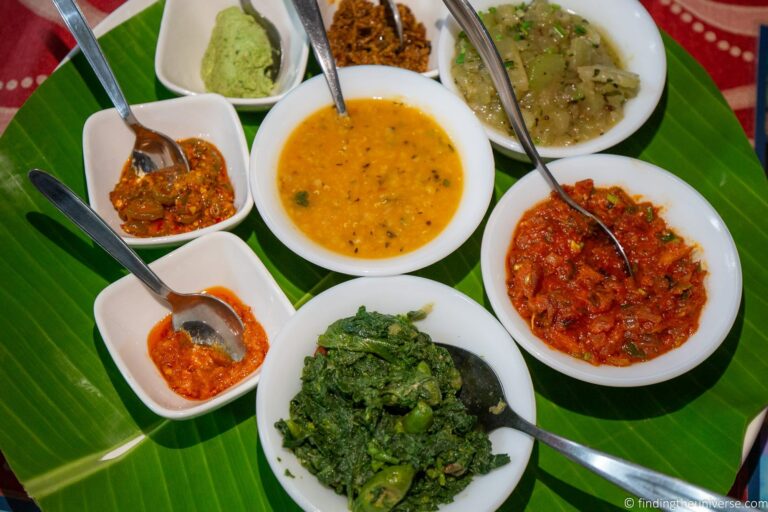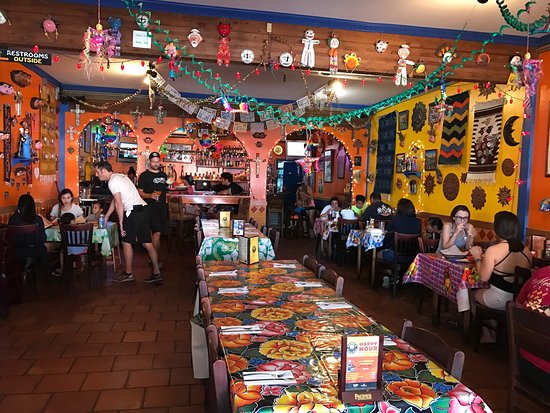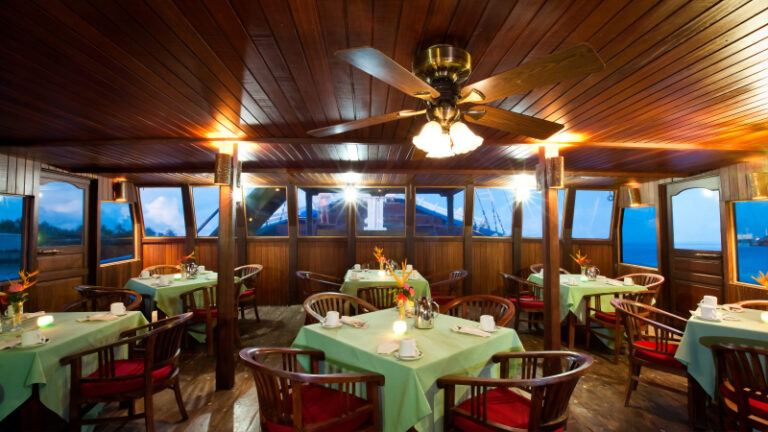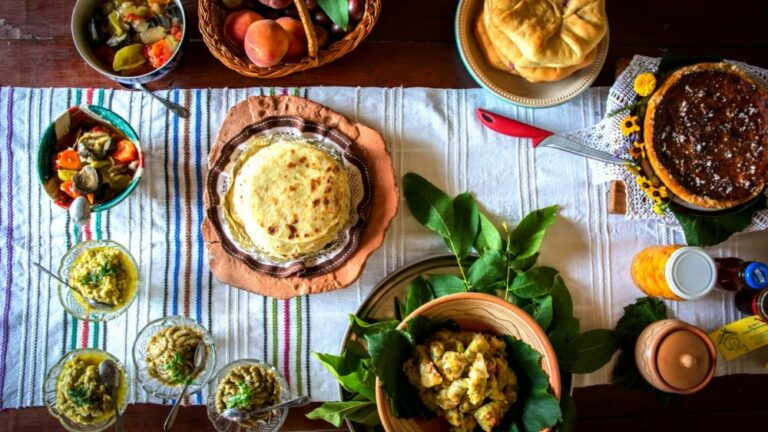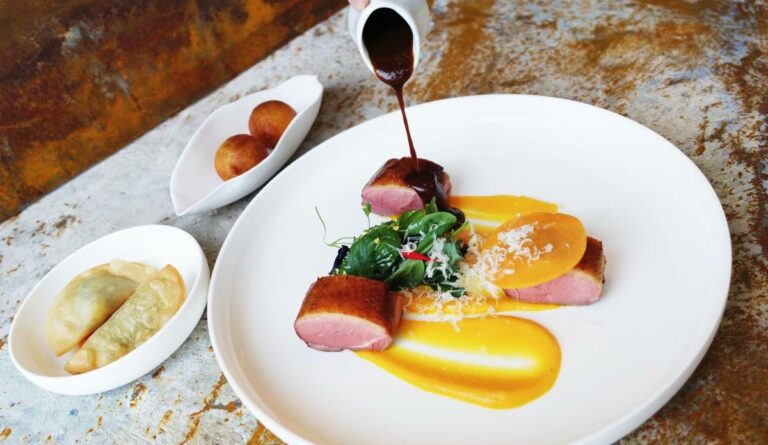Steaks are in great demand in restaurants because for some reason everyone thinks that it is much more difficult to cook them at home than other dishes. In fact, it is not that difficult. It is enough just to know some subtleties and follow some tips.
By the way, these tips concern not only the cooking process itself but also the correct choice of meat. Any chef will tell you that the right choice of meat is 80% of success.
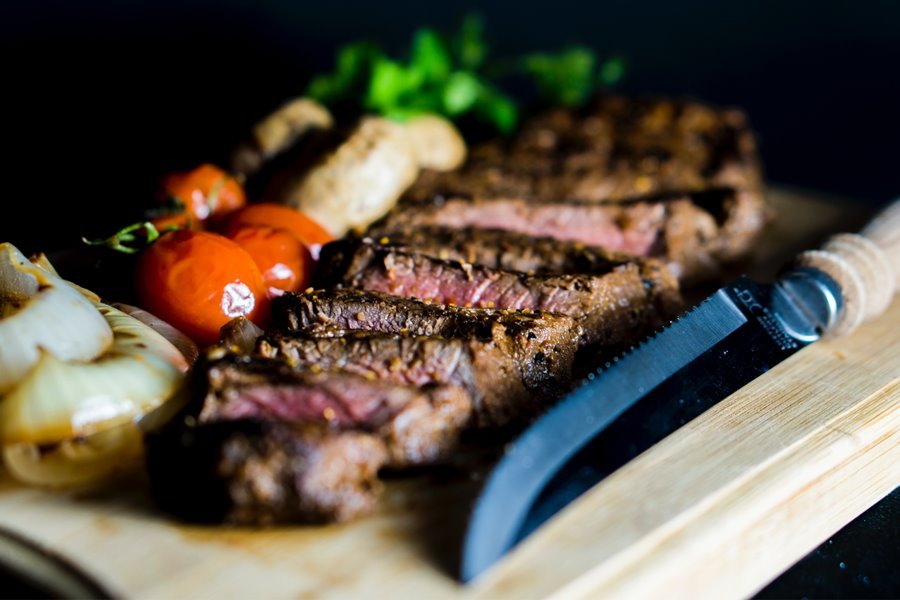
- For the steak to be tender, the meat must be aged. If you fry a fresh meat steak right after slaughtering, the steak will be tough. This is due to the fact that the muscle in the piece of meat is not relaxed. When you buy meat in a supermarket, look not at the date of packaging, but at the date of slaughter (it must also be indicated), count 20-25 days from it – this will be the date from which you can fry the steak. Of course, we are talking about pieces of meat in vacuum packaging – for example, marbled beef.
- The steak should be no thinner than 2.5 cm.If you are preparing steaks from the tenderloin (filet mignon), cut it into pieces at least 5 cm thick.
- Leave the meat at room temperature for two hours before frying the steak. This will make it much easier for you to control the process and the degree of roasting.
- To grill the steaks, use a cast iron ribbed grill pan that you heat until a light haze appears. Do not add oil to the pan. Firstly, this will make the steak “dry”, and secondly, this way you will avoid smoke in the kitchen.
- The surface of the steaks must be perfectly dry. Use paper towels to dry the meat. And do not try to wash the steaks! They can only be wiped off.
- Just before placing the steaks in the pan, season them with salt and pepper on both sides and then begin to fry. Don’t put more than two steaks in one pan. This will cause the temperature inside the pan to drop sharply, and the meat will begin to stew in its own juice instead of frying, forming a golden brown crust that reliably keeps all the meat juices inside the steak.
- Sear the steaks for 1.5-2.5 minutes on each side. If you want a nice mesh on each side, fry one side for 1.5 minutes in a grooved grill pan, then turn clockwise 90 degrees, fry for another 30–45 seconds, and then turn to the other side.
- Before turning the steak to the other side, make sure that the first side is sufficiently browned and the steak is beautifully colored. If the meat does not lag behind the pan, then the crust has not yet formed and you need to give the steak a little more time.
- Use tongs to turn steaks, never with a fork. The fork pierces the meat, causing all the juice to drain out.
- When the steaks are fried on both sides, place them in a baking container, cover the container with foil and place in an oven preheated to 190 degrees for 10-12 minutes (filet mignon 5 cm thick) or for 7-8 minutes (ribeye / striploin) … If you want a more pronounced frying, you can for all 15 and 10 minutes, respectively.
- After this time, take the steaks out of the oven and, without removing the foil, let them “rest” for a minute, then boldly serve.

